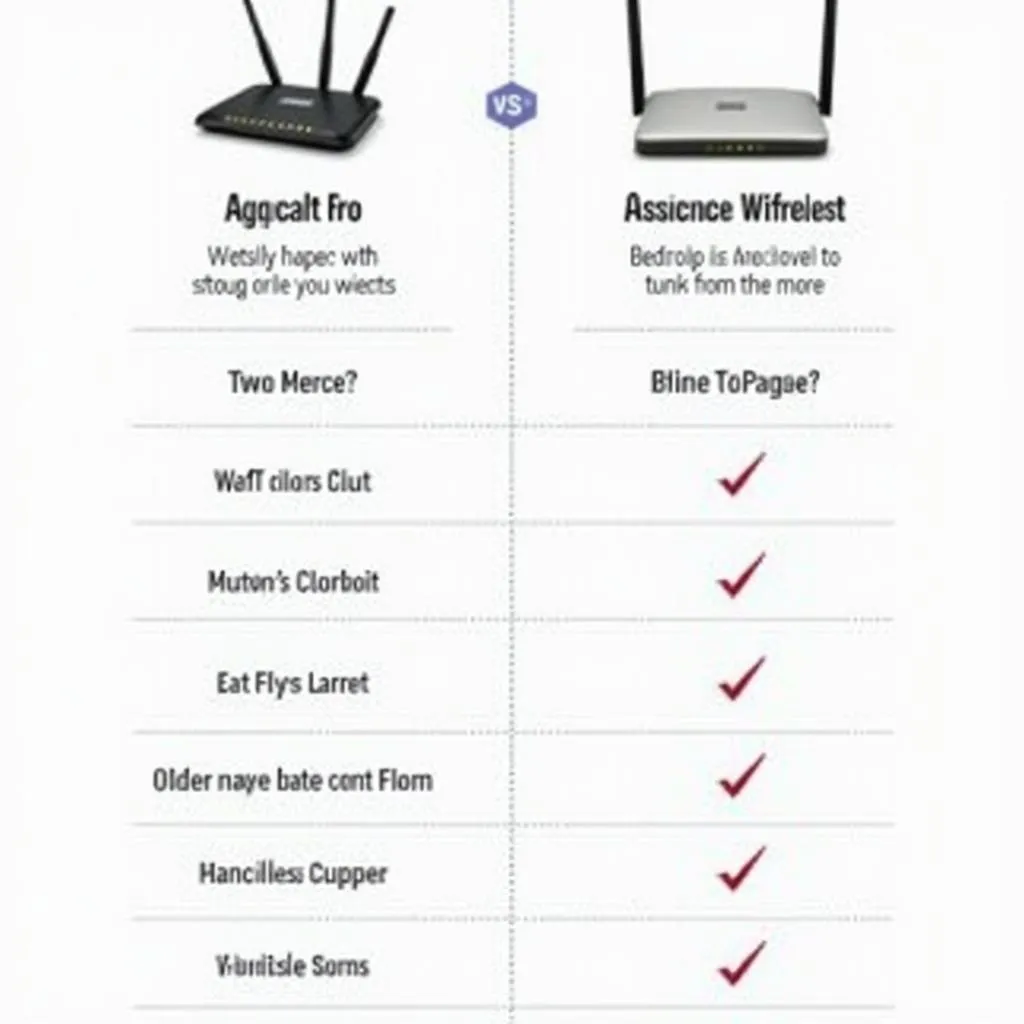The Apple Airport Pro, once a staple in many homes and offices, has been discontinued for several years. While no longer available for purchase from Apple, the Airport Pro and its legacy continue to impact the landscape of wireless networking. This article delves into the history of the Airport Pro, its features, and what its discontinuation tells us about the evolution of home and business networks.
The Rise of Apple’s Networking Giant
In the late 1990s and early 2000s, Apple ventured into the world of consumer networking with the Airport product line. The Airport Pro, released in 2003, quickly became popular for its sleek design, ease of use, and reliable performance.
 Apple Airport Pro Design
Apple Airport Pro Design
At a time when setting up a home network was a daunting task for many, the Airport Pro simplified the process. Its intuitive user interface, coupled with features like easy printer sharing and firewall protection, made it a favorite among Apple users.
Features That Made the Airport Pro Stand Out
The Airport Pro wasn’t just about looks; it packed a punch with features that were ahead of its time:
- Simultaneous dual-band support: Allowed users to connect to both 2.4GHz and 5GHz frequencies for improved performance.
- Guest networking: Enabled the creation of a separate network for guests, enhancing security for the primary network.
- USB printer sharing: Transformed the Airport Pro into a print server, enabling multiple users to print wirelessly.
- External hard drive connectivity: Allowed users to connect external hard drives and share files across the network.
 Setting Up Apple Airport Pro
Setting Up Apple Airport Pro
These features, combined with Apple’s renowned design aesthetics and user-friendliness, solidified the Airport Pro’s position as a leading wireless router in the market.
The Discontinuation and Its Implications
In 2018, Apple officially discontinued the Airport line, marking the end of an era for the tech giant’s networking hardware. This decision, while surprising to some, reflected the changing dynamics of the wireless networking market.
The rise of mesh networking systems, offering wider coverage and advanced features, presented stiff competition to traditional routers. Furthermore, the increasing commoditization of networking hardware meant that consumers had access to a plethora of affordable alternatives.
What We Learned from the Airport Pro’s Departure
The Airport Pro’s discontinuation underscored several key trends in the wireless networking landscape:
- The Shift to Mesh Networks: Mesh systems, like those offered by airport pick up drop off service, have become increasingly popular for their ability to provide seamless coverage over larger areas, making them ideal for modern homes and offices.
- The Importance of Advanced Features: Consumers now demand routers that offer advanced features beyond basic connectivity, such as Quality of Service (QoS) prioritization, parental controls, and robust security protocols.
- The Rise of Smart Home Integration: As smart home devices become more prevalent, routers that can seamlessly integrate and manage these devices are in high demand.
 Modern Wireless Router Features
Modern Wireless Router Features
While the Airport Pro may be gone, its legacy lives on. Its focus on simplicity, design, and user experience continues to influence the development of wireless networking products today.
The Future of Wireless Networks
As technology continues to advance at a rapid pace, the future of wireless networks promises to be even more exciting.
- Wi-Fi 6E and Beyond: The latest Wi-Fi standard, Wi-Fi 6E, offers faster speeds, lower latency, and increased capacity, paving the way for a new generation of connected devices and experiences.
- AI-Powered Networks: Artificial intelligence is poised to revolutionize wireless networking by automating tasks, optimizing performance, and enhancing security.
- 5G Integration: The rollout of 5G networks is expected to blur the lines between mobile and home internet, offering blazing-fast speeds and ultra-low latency for seamless connectivity.
The Airport Pro, while a product of the past, serves as a reminder that innovation is a continuous process, and the world of wireless networking is constantly evolving to meet the ever-changing needs of users.
FAQs about Apple Airport Pro:
1. Can I still use an Apple Airport Pro in 2023?
Yes, you can technically still use an Airport Pro, but it’s not recommended. Older routers may have security vulnerabilities and might not offer the speed and features required for modern internet usage.
2. What replaced the Airport Pro?
Apple didn’t release a direct replacement for the Airport Pro. However, there are many excellent third-party routers available, including mesh networking systems that offer better performance and coverage compared to older routers.
3. Did Apple ever make a Wi-Fi 6 router?
No, Apple never released a router with Wi-Fi 6 support.
4. Can I sell my old Apple Airport Pro?
While you can try selling your old Airport Pro, keep in mind that it might not fetch a high price due to its age and the availability of newer, more powerful alternatives.
5. What should I look for in a new router?
When choosing a new router, consider factors like your internet speed, the size of your home, the number of devices you need to connect, and the features that are important to you, such as parental controls, guest networking, and QoS prioritization.
Need Help Navigating the Airport?
We hope this article provided valuable insights into the Apple Airport Pro and its impact on the world of wireless networking. For all your airport-related needs, check out these helpful resources:
- ahmedabad airport to narendra modi stadium
- shops in terminal 3 delhi airport
- bangalore airport to majestic distance
- mumbai airport to marine drive distance
For assistance with your travel plans, contact us at +13089626264, email us at [email protected], or visit our office at 404 Bothwell St, Oxford, NE 68967, USA. Our dedicated customer support team is available 24/7 to help you with all your travel needs.

